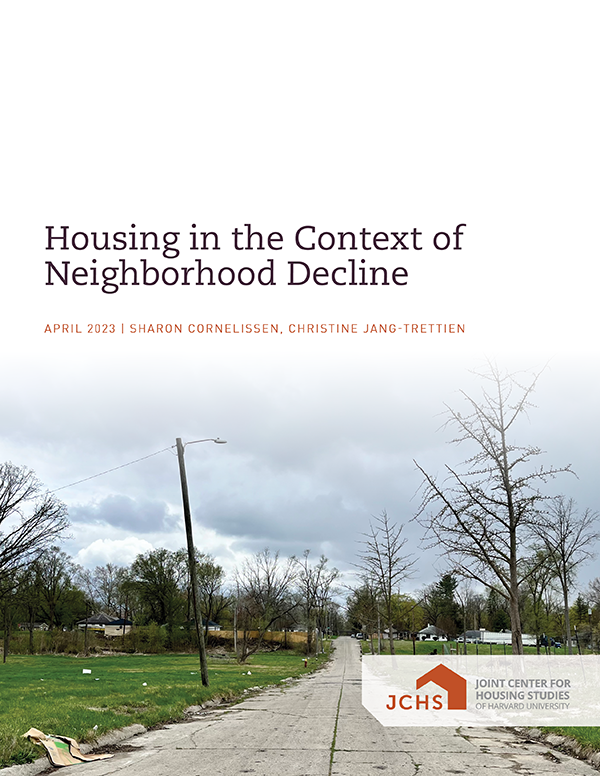Housing in the Context of Neighborhood Decline
In recent years, gentrification has captured the imagination of sociologists and the public alike, dominating conversations about the transformation of cities from New York City to Detroit. In this chapter, we direct sociologists’ attention away from housing in gentrifying neighborhoods to housing amidst decline. Neighborhood decline and disinvestment are more common than gentrification in low-income neighborhoods: quantitative studies have found gentrification to be concentrated in the nation’s most prosperous cities, while it remains rare in smaller cities and neighborhoods on the urban periphery. In the 100 largest metropolitan areas of the United States, 40 percent of poor tracts lost population during both the 1990s and 2000s while only 20 percent of poor tracts gained population during both these decades. Poor, declining urban neighborhoods exist across the post-industrial Midwest and Northeast, as well as slow-growth cities in the South.
In this chapter, we outline a research agenda for a contemporary sociology of housing in the context of neighborhood decline. We define neighborhood decline as a type of neighborhood change characterized by growing neighborhood poverty, decreasing housing values, and the deterioration of neighborhood services through the withdrawal of public and private investment capital. We argue that trajectories of decline, including depopulation, can significantly shape the lived experiences of residents, thereby making their urban experiences distinct from residents in stable or growing neighborhoods.
This chapter is excerpted from the forthcoming book The Sociology of Housing: How Homes Shape Our Social Lives, ed. Brian J. McCabe and Eva Rosen (Chicago, IL: University of Chicago Press, 2023), now available for preorder.

